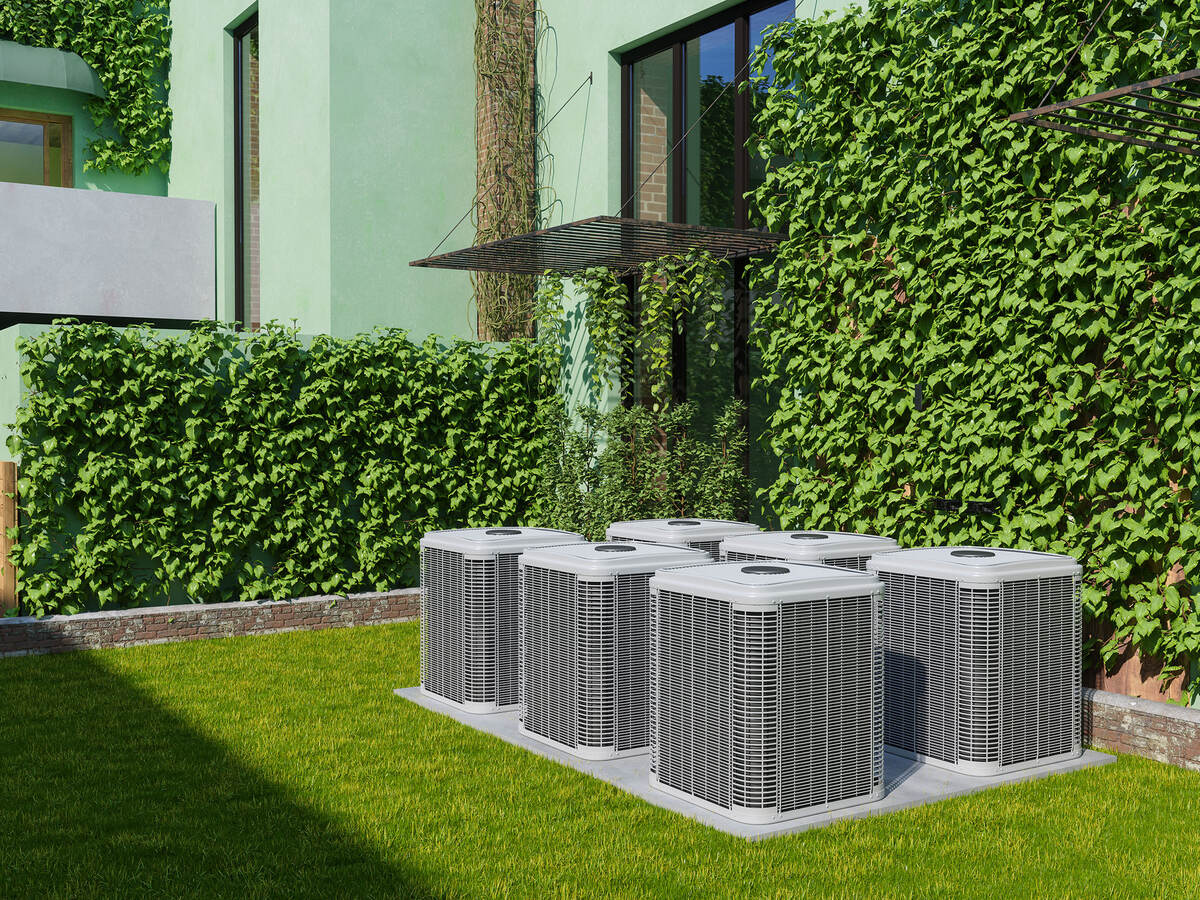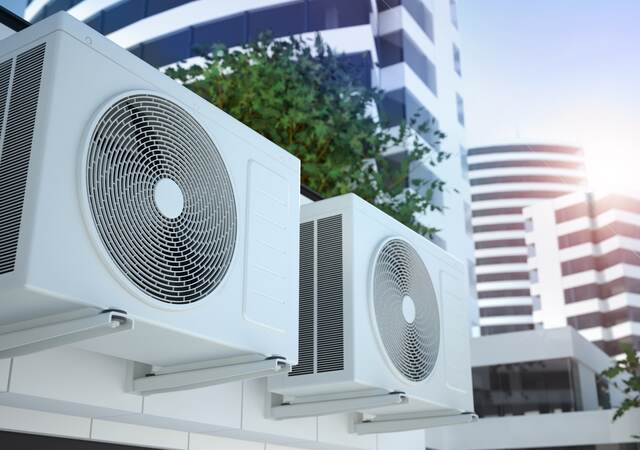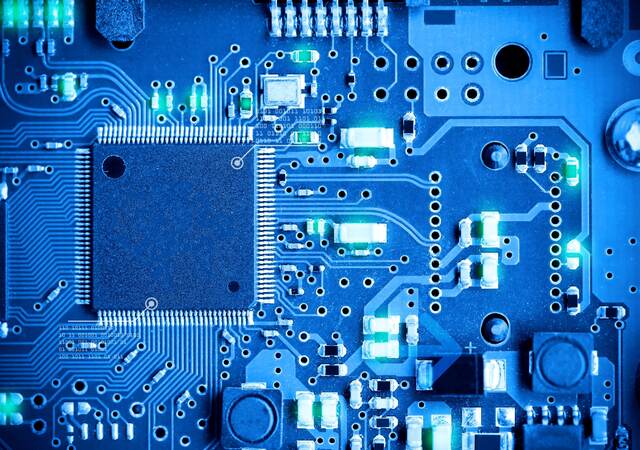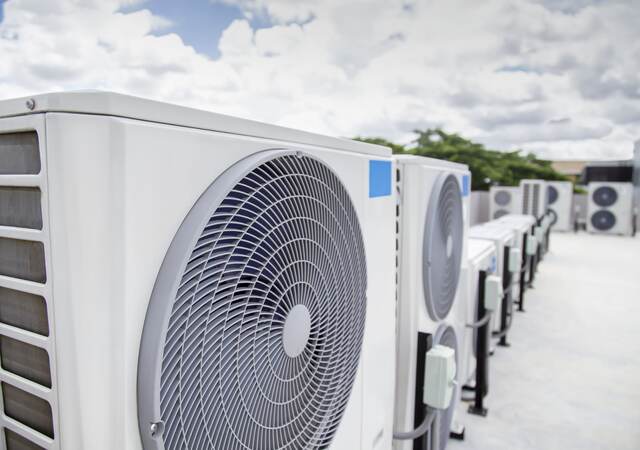November 29, 2023
Note: Updated Nov. 11, 2025 - UL 60335-2-40, edition 4, revised Oct. 31, 2025. Review clarifications for key sections.
The first amendment to the fourth edition of UL 60335-2-40, the Standard for Household and Similar Electrical Appliances - Safety - Part 2-40: Particular Requirements for Electrical Heat Pumps, Air-Conditioners and Dehumidifiers, was published on Oct. 31, 2025. This revision is the first update to the Standard since the fourth edition was published in 2022.
Some of the notable revisions for the Standard include the following updates:
- Revised definitions for fixed and non-fixed appliances (Clauses 3.5.4DV and 3.191DV). This will allow products that are not intended to be seasonally located to utilize higher A2L refrigerant charge limits.
- Motor protection updates, including electronic, thermal and code protection options (Clause 19.1DV.1.1, 19.1DV.2 and 19.1DV.3). This language mirrors what was originally in UL 1995, the Standard for Heating and Cooling Equipment, and provides clarification and flexibility for motor protection requirements. Motors will need to comply with base construction requirements.
- Clause 22.103DV clarifies that control devices shall not bypass a non-self-resetting cut-out to activate a control relay or contactor. The Standard permits the use of a separate relay or contactor to control a larger load, provided that the cut-out directly governs the operation of that relay or contactor. When the cut-out is triggered — typically due to an abnormal condition — the relay or contactor will remain deactivated until the cut-out is manually or otherwise properly reset.
- Detailed requirements for refrigerant sensors and leak detection systems, including installation, testing, and drift performance (Annex LL and Clauses 22.121DV.1, 22.133DV).
- To clarify labeling requirements for appliances containing flammable refrigerants, an Annex with a table was compiled with marking location and size requirements (Table 101.DVF.1).
In addition, under the revised UL 60335-2-40 Standard, field-applied joints located in occupiable spaces are not considered potential leak points for Annex FF testing if they meet one of the following criteria:
- Mechanical joints that comply with ISO 14903 or UL 207, the Standard for Refrigerant-Containing Components and Accessories, Nonelectrical
- Welded joints
- Brazed joints
- Joints located in enclosures that vent either to the unit or directly to the outdoors
Therefore, Annex FF leak testing is not required at these locations for mitigation purposes.
UL 60335-2-40 remains under continuous maintenance. The CANENA Technical Harmonization Subcommittee (THSC) 61D continues to meet and develop future revisions. For guidance on how these changes may affect your products or to explore opportunities for design flexibility, please contact your UL Solutions account executive.
Get connected with our sales team
Thanks for your interest in our products and services. Let's collect some information so we can connect you with the right person.





